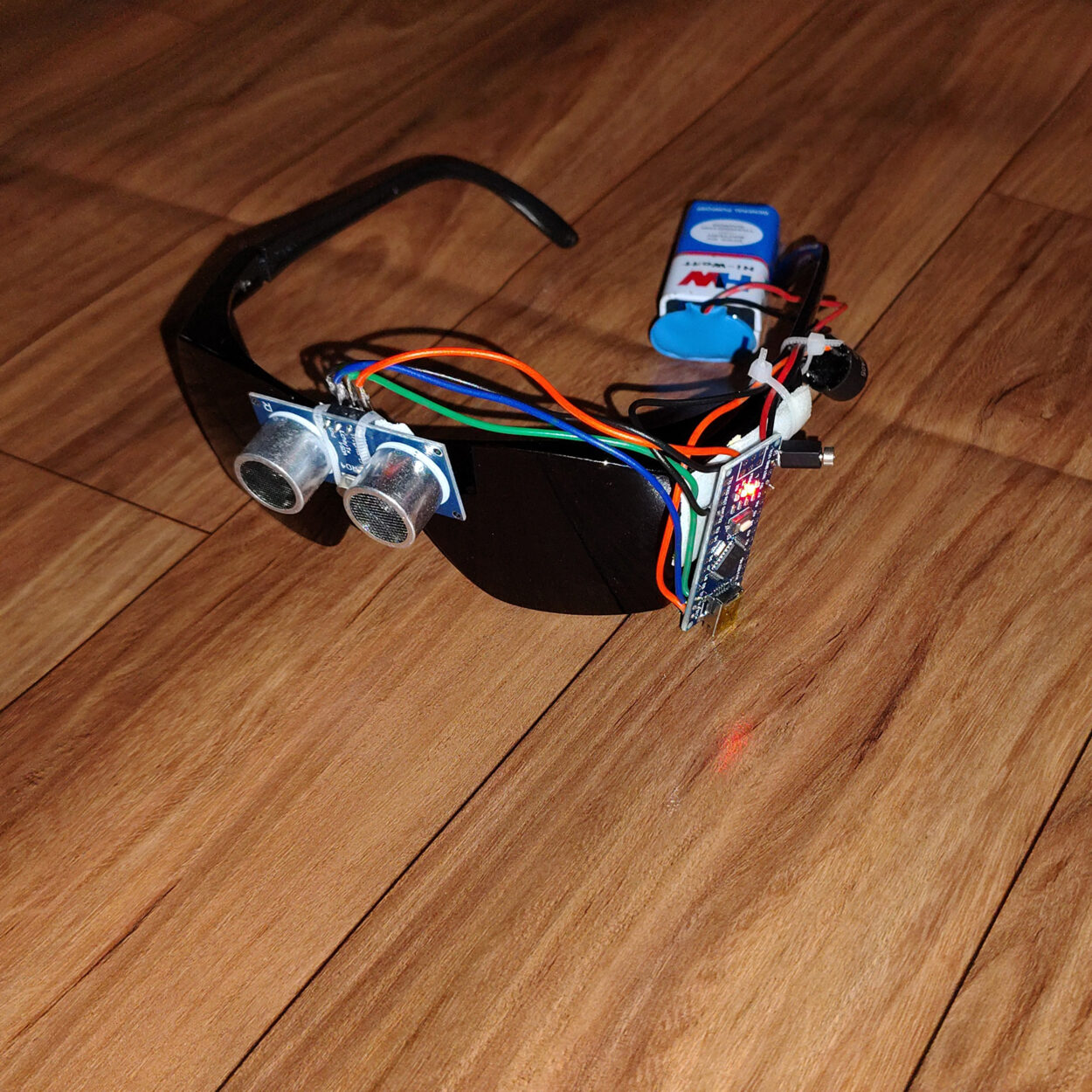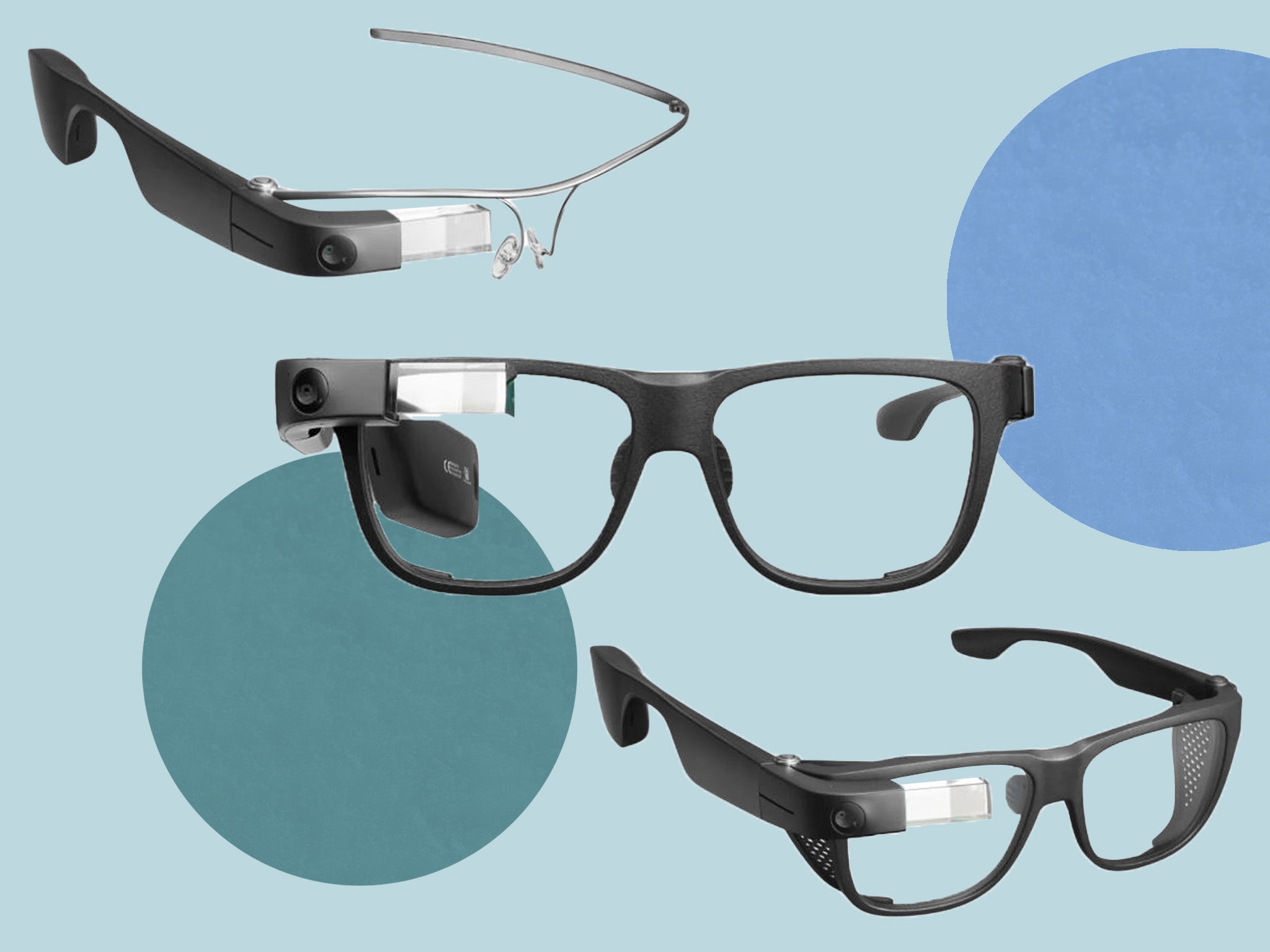Maximizing Efficiency with Screen Readers for the Blind: A Comprehensive Guide
Maximizing Efficiency with Screen Readers for the Blind: A Comprehensive Guide
Blog Article
Cutting-edge Solutions in Assistive Innovation for Visual Problems
The landscape of assistive modern technology for visual problems is developing rapidly, presenting a series of cutting-edge options that improve access and freedom. From innovative smartphone applications that facilitate navigation to wearable devices created for real-time support, these tools are improving the experiences of those with visual disabilities. Additionally, the combination of wise home technologies and instructional resources has the prospective to cultivate higher area engagement. The implications of these improvements increase vital questions regarding their availability and efficiency in varied contexts, requiring a closer evaluation of their more comprehensive effect.
Developments in Smart Device Applications
Recently, innovations in smart device applications have substantially transformed the landscape of assistive technology for people with visual disabilities. These applications utilize the powerful sensing units and capacities of contemporary mobile phones to offer customers with devices that boost freedom and accessibility in their every day lives.
Significant amongst these advancements are applications developed for item recognition, which use the mobile phone's cam to recognize products and supply verbal summaries. Such attributes equip customers to browse their environments more successfully, whether recognizing items in shops or locating personal items at home. Furthermore, text-to-speech applications have improved considerably, enabling individuals to record printed text through their gadget's camera and receive instant audio feedback, therefore assisting in analysis and comprehension.
Community-driven applications have fostered social communication and source sharing amongst people with aesthetic impairments, producing a helpful network that boosts their quality of life. In general, smartphone applications have ended up being vital allies in promoting autonomy and access for individuals with visual problems.
Wearable Tools for Navigation
Wearable tools for navigating have emerged as a groundbreaking remedy for individuals with visual problems, offering hands-free assistance that improves wheelchair and orientation. These tools generally utilize innovative innovations, including GPS, ultrasonic sensors, and expert system, to offer real-time feedback and instructions to users as they navigate their setting.
One significant example of wearable navigating technology is wise glasses, which can identify obstacles and relay auditory or haptic responses to the wearer, allowing for secure and reliable motion in numerous setups. Various other tools, such as belts and vests outfitted with sensors, can likewise educate individuals of their environments by providing signals regarding nearby things or changes in terrain.
Furthermore, several wearable gadgets incorporate with smart device applications, making it possible for users to tailor their navigating choices and obtain customized path suggestions. This personalization can significantly improve the individual experience, encouraging people to travel with better self-confidence and freedom.
As technology continues to develop, the capacity for wearable navigation gadgets to enhance the quality of life for people with visual impairments continues to be significant, leading the way for more inclusive and available environments.
Smart Home Technology Combination

Moreover, clever home appliances equipped with responsive interfaces or auditory responses supply user-friendly communications that cater particularly to the demands of those with visual disabilities. As an example, smart fridges can introduce their components and expiry days, while wise stoves can assist customers via the food preparation procedure with audio guidelines.
Home automation systems, such as clever buzzers and protection video cameras, provide tranquility of mind visit by allowing users to receive notifies and gain access to live feeds via their mobile gadgets, enhancing personal security (AI-powered visual aids). Additionally, integration with tablet computers and smartphones makes sure that individuals can manage their home atmosphere from anywhere within their premises
As clever home technology remains to develop, it holds the prospective to change the living experiences of individuals with aesthetic problems, fostering self-reliance and boosting high quality of life in an increasingly connected globe.

Educational Tools and Resources
Access to efficient instructional devices and sources is critical for individuals with visual disabilities, as it encourages them to engage completely in their knowing experiences. Different assistive modern technologies have actually been established to boost accessibility and foster independent understanding. Display visitors, for example, convert message into speech, permitting students to accessibility electronic web content flawlessly. AI-powered visual aids. In addition, refreshable braille displays provide responsive responses, making it less complicated for students to interact with composed product.
Additionally, instructional software specifically created for visually damaged users uses functions such as high-contrast settings and adjustable text dimensions. These devices fit diverse knowing designs and make certain that pupils can tailor their instructional experience to their requirements.
Additionally, access to electronic libraries and audio publications increases the series of available learning products, enabling pupils to discover topics detailed without the restrictions enforced by typical print resources. Collective platforms that integrate ease of access features additionally facilitate team jobs, making certain that visually damaged trainees can contribute meaningfully along with their peers.
Community Support and Involvement
A robust network of neighborhood support and engagement is important for individuals with visual disabilities, fostering a comprehensive environment where they can grow. Neighborhood companies, neighborhood advocacy groups, and volunteers play a pivotal duty in giving resources, details, and friendship, which Go Here are vital for improving the quality of life for those influenced by visual impairments.
Interaction activities such as workshops, gatherings, and assistance teams not just promote ability development but likewise promote social communication, reducing feelings of seclusion. These efforts encourage individuals to share experiences, difficulties, and successes, consequently enhancing community bonds. In addition, collaborations with local services can cause higher availability in public rooms, additionally incorporating people with aesthetic impairments into the neighborhood.
Innovation also improves area interaction through on-line systems that provide digital support system and resources, allowing people to attach despite geographical obstacles. By utilizing both in-person and digital solutions, neighborhoods can produce a comprehensive support network. Ultimately, cultivating partnership amongst numerous stakeholders-- consisting of families, instructors, and healthcare professionals-- guarantees that individuals with aesthetic disabilities receive the alternative assistance needed to browse every day life properly and with self-respect.
Final Thought
Ingenious solutions in assistive innovation for visual problems significantly boost the high quality of life for individuals dealing with these challenges. The assimilation of smartphone applications, wearable tools, clever home innovation, and academic devices cultivates higher self-reliance and availability. Moreover, neighborhood support and interaction additional empower aesthetically impaired individuals, promoting inclusivity and engagement in numerous elements of life. Collectively, these advancements not only transform everyday experiences yet additionally pave the method for an my explanation extra equitable society.
The landscape of assistive modern technology for visual impairment is progressing swiftly, presenting a range of innovative options that improve availability and self-reliance. Community-driven applications have cultivated social interaction and source sharing amongst individuals with visual problems, creating an encouraging network that enhances their quality of life. In general, smart device applications have actually come to be crucial allies in advertising freedom and access for individuals with aesthetic impairments.
Numerous individuals with aesthetic impairments are locating better freedom through the assimilation of wise home modern technology.Cutting-edge solutions in assistive modern technology for aesthetic disability substantially improve the top quality of life for people facing these difficulties.
Report this page